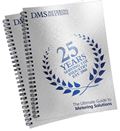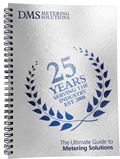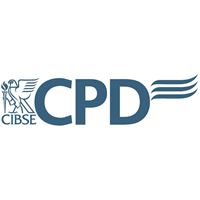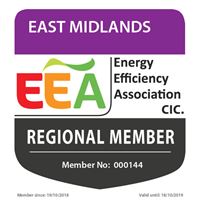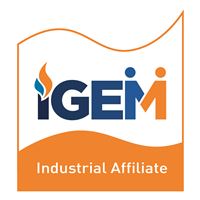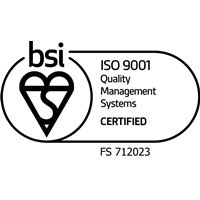How does a Heat Meter work? And a Q&A with our Technical Manager
Understanding the Superstatic Heat Meter: How It Works
Heat meters are essential tools in the management and optimisation of energy usage in heating and cooling systems. Among the various types available, the Superstatic heat meter stands out for its advanced technology and precision. This blog will explain how a Superstatic heat meter works, highlighting its unique features and benefits.
The Basics of Heat Meters
Heat meters are used to measure the amount of thermal energy delivered by a heating or cooling system. They are critical in ensuring accurate billing, monitoring energy consumption, and improving energy efficiency in residential, commercial, and industrial settings. A heat meter typically consists of three main components:
Flow Sensor: Measures the volume of the heat transfer fluid passing through the system.
Temperature Sensors: Measure the temperature difference between the supply and return lines.
Calculator Unit: Uses the data from the flow and temperature sensors to calculate the amount of energy consumed.
The Superstatic Advantage
What sets the Superstatic heat meter apart from its rivals is its unique flow measurement design. Unlike traditional mechanical meters, which rely on moving parts, and Ultrasonic that is based around Transit time. The Superstatic meter uses piezoelectric sensors to determine the flow rate of the heat transfer fluid either Water or Glycol. This method offers several key advantages:
- High Accuracy: SuperStatic meters provide precise measurements, even at very low flow rates.
- Low Maintenance: With no moving parts, the Superstatic meter experiences less wear and tear, resulting in lower maintenance requirements and longer lifespan.
- Resistance to Impurities: SuperStatic technology is less affected by impurities in the fluid, maintaining accuracy and reliability in a variety of conditions due to its venturi bypass design.
How the Superstatic Heat Meter Works
The operation of a Superstatic heat meter can be broken down into the following steps:
1. Flow Measurement: The meter sends a piezoelectric signal down the flow meter cable when there is a flow rate present. It measures the water volume via a bypass which is then covered by the piezoelectric sensors to cover the correct flow rate.
2. Temperature Measurement: The meter includes two high-precision temperature sensors placed on the supply and return lines. These sensors continuously monitor the temperature of the fluid entering and leaving the system.
3. Energy Calculation: The calculator unit receives data from both the flow sensor and the temperature sensors. Using these measurements, it computes the thermal energy transferred by the fluid.
4. Data Transmission: Modern Superstatic heat meters come equipped with various communication options, such as wired M-Bus, wireless M-Bus, and LoRaWAN. These allow for seamless integration with Building Management Systems (BMS) and remote monitoring setups.
Benefits of Using a Superstatic Heat Meter
- Precision and Reliability: The measurement ensures highly accurate readings, which are crucial for fair billing and effective energy management.
-Glycol Tolerant: These meter with no moving parts is your answer to systems containing glycol. They can be programmed for the type of glycol and the concentration percentage to give you accurate readings whereas some heat meters will not operate at all. The Supercal 5s in particular is glycol tolerant for use with over 100 different Glycol.
-Communications: With a large range of communication modules such as Pulse, LoRaWAN, M-Bus, MODBus, Radio, LON as well as available in Battery or 240v. The Sontex Supercal 5s is available from 15mm to DN500 with various flow ranges.
- Longevity: With no mechanical moving parts, the meter is less prone to failures and can function effectively over a longer period. Water quality is important for all Heating Systems.
- Versatility: Suitable for a wide range of applications, from small residential installations to large industrial systems.
- Ease of Integration: Advanced communication options make it easy to integrate the meter into existing monitoring and management systems.
Q&A with the expert - David Mortimer - Technical Manager
Where can you see the industry in 10 years’ time?
As the world becomes more conscious of sustainability and efficient use of energy, we have already seen an increase in the amount of metering devices being installed to monitor and measure all kinds of systems. The next step is automating the reading of these meters which is using more and more advanced technology and techniques. I believe the future will rely on the use of AI technology to interpret the data being read by meters and implement more efficient behaviour.
Has there been a point during your career that you have seen an exciting change in metering or controls?
The recent introduction of LoRaWAN as a protocol for reading meters has made a huge difference in what we can achieve. The main benefit has been the distance that LoRaWAN can cover – kilometres at a time with clear line of sight.
What is your favourite part of your role?
As a lover of technology and gadgets, getting to test and configure new devices and solutions that we can supply to the market is always enjoyable – even the rare occasions where it won’t work!
What is the most bizarre question that you have been asked at work?
When I first joined DMS, being asked over the phone “Have you got a pulse?” did make me think we sold heart monitors or something. I quickly learned they meant pulse output for the water meter we were discussing.
What advice would you offer to someone new to the industry?
There’s a wealth of knowledge and experience in the existing professionals in the industry. So, whilst making your own way, be sure to learn what you can from those around you or else we could face ourselves will lose that knowledge as engineers put down their tools forwell-earnedretirement.
Also, the Live wire is generally Brown, Neutral is Blue and the Earth is Green/Yellow!
Has there been a career highlight?
Recently being promoted to Technical Manager has been the most notable highlight.
Do you have any hidden talents or hobbies out of the office?
I am distinctly novice at Squash but currently enjoying teaching the sport to my girlfriend. Once upon a time I was a bit of a long-distance runner as well. I’ll also enjoy a good pint of craft beer to commiserate a loss in Squash – the teaching is working!

DMS are at the UK's largest commercial smart buildings event – The Smart Buildings Show – London Excel – 9th and 10th October 2024 – Stand A20
 Training (Lunch & Learn)
Training (Lunch & Learn)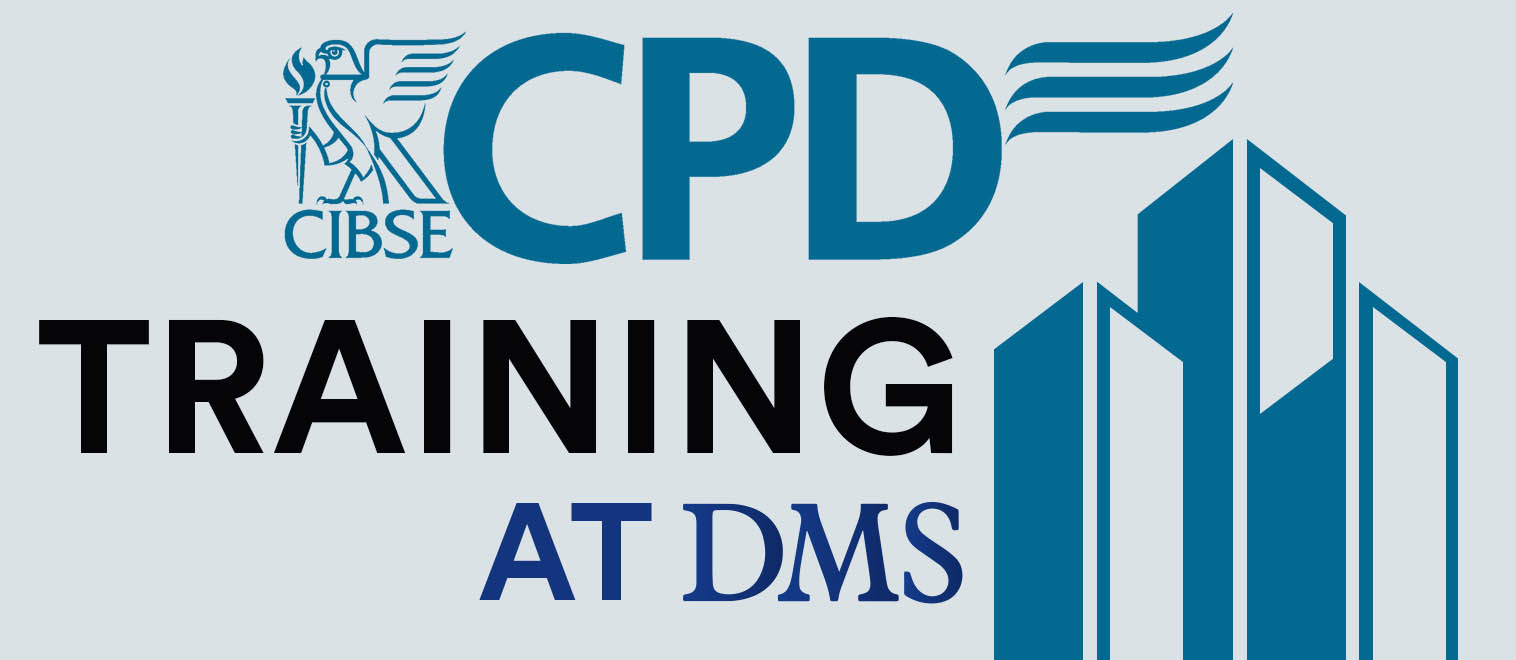 CPD Training
CPD Training



















